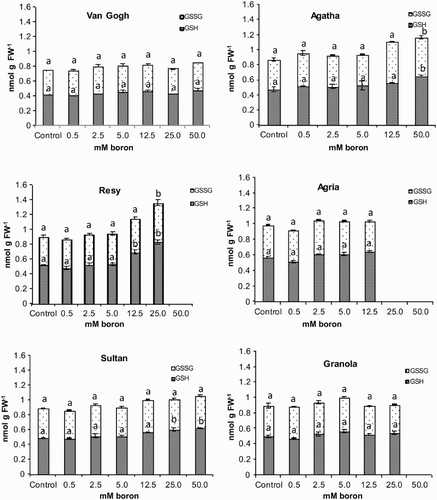Figures & data
Figure 1. Shoot height of the potato (S. tuberosum L.) cultivars grown under increasing boron concentrations for 15 days.
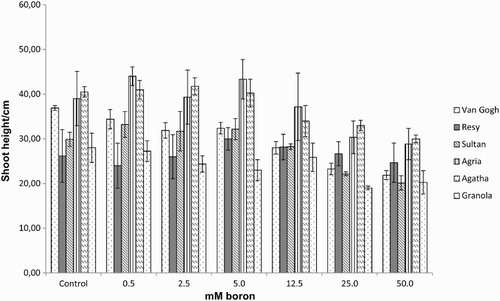
Figure 2. Shoot fresh weight of the potato (S. tuberosum L.) cultivars grown under increasing boron concentrations for 15 days.
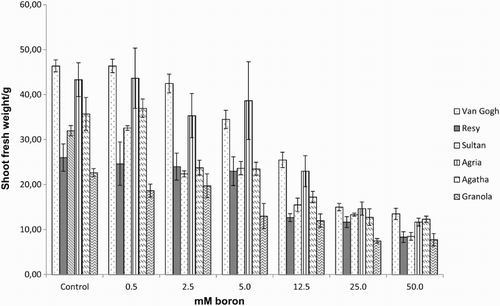
Figure 3. Root fresh weight of the potato (S. tuberosum L.) cultivars grown under increasing boron concentrations for 15 days.

Figure 4. Fv/Fm of the potato (S. tuberosum L.) cultivar leaves grown under increasing boron concentrations for 15 days. Different letters denote significant differences in comparison to the control, assessed by ANOVA.
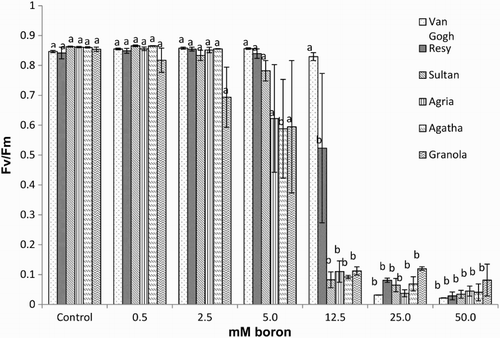
Figure 5. Malondialdehyde (MDA) content of the potato (S. tuberosum L.) cultivars grown under increasing boron concentrations for 15 days. Different letters denote significant differences in comparison to the control, assessed by ANOVA. FW, fresh weight.
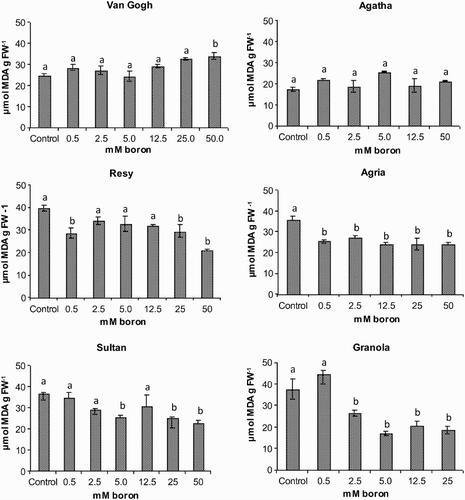
Figure 6. dehydroascorbic acid, ascorbic acid (Asc.) and total ascorbic acid (Tot.) content of the potato (S. tuberosum L.) cultivars grown under increasing boron concentrations for 15 days. Different letters denote significant differences in comparison to the control, assessed by ANOVA.
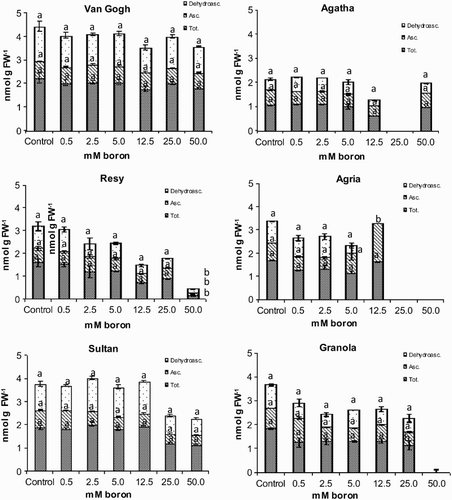
Figure 7. Reduced glutathione and oxidized glutathione content of the potato (S. tuberosum L.) cultivars grown under increasing boron concentrations for 15 days. Different letters denote significant differences in comparison to the control, assessed by ANOVA.
